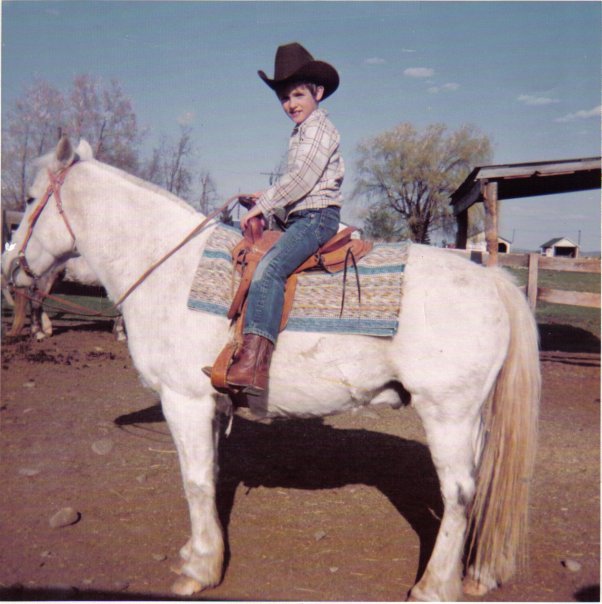Guest blog by Del Shannon
I, along with my trusty sidekick Marty, lived outside during the summers when we were kids. How else could we single handedly save the world no less than 472 times? From the first signs of trouble when we were eight, until I moved with my family to Oregon three years later, it was obvious to us that our town had somehow attracted the highest density of nefarious villains and paranormal beings in the world. In our first week as a team, Marty and I broke up a Russian spy ring, vanquished a coven of vampires that lived behind the drive-in movie theater, and killed a gelatinous blob that lived in an irrigation ditch.
Of course this drove our parents nuts, not to mention the “Russian spies” that lived down the street, but our heroics were never questioned because we were doing what two boys should be doing when faced with the deliciousness of three completely unencumbered summer months. We patrolled the streets on our bikes for hours, ensuring our town stayed clear of evildoers.
Marty and I had no idea our adventures were actually making us smarter, and yet recent research is pointing to just this as a natural outcome of daydreaming and possessing a wandering imagination.
A March 2012 study by Daniel Levinson and Richard Davidson published in Psychological Science, http://www.news.wisc.edu/20452 found a direct correlation between a person’s daydreaming and their working memory capacity. In general terms, the higher an individual’s working memory capacity the higher their reading comprehension, IQ score and other measures of intelligence.
But it’s not all about intelligence. Daydreaming also allows for different regions of the mind to subconsciously collaborate when looking at a problem. In a 2009 Psychology Today article about the benefits of daydreaming, Columbia University cognitive psychologist Malia Fox Mason reinforced this idea. “By allowing your mind the freedom to roam, the chances that you’re going to have an insight are much higher. It’s likely that you are going to recombine pieces of information in a novel way.”
What does all this research suggest? As a semi-retired superhero my own thoughts point in one simple direction. Collectively we’d best help our children by reopening the freedoms we have taken from them in the last 30 years because we are, quite literally, constraining their intelligence. We’ve bubble wrapped our kids and strangled their freedoms all in the name of safety, while never realizing we’re constraining their intelligence. Let them outside and give them the freedom to roam this amazing world. Instead of scolding children for staring off into the distance, seemingly in a daze, we should shove them outside and let them discover their own adventures…preferably while wearing a cape and a mask.

Del Shannon
Del Shannon is a civil engineer who designs and constructs (and sometimes even deconstucts) dams around the world. When not damming, he has written award-winning essays and children’s stories. His first children’s book was the serialized novella The Map, published in several newspapers. Captain Disaster is his second, a novel. Del lives with his family in Colorado and always seems to be daydreaming of Captain Disaster (which you can order here!)

Captain Disaster
A novel by Del Shannon
Kevin Tobin is an ordinary twelve-year old dealing with
the aftermath of his father’s tragic death in a mountain biking accident near their home in Boulder, Colorado. To escape from his emotional turmoil, Kevin has developed his imagination into a dangerous foil and a powerful ally. While he antagonizes his sister through his superhero antics, his ability to escape inside a character’s head becomes critical to his survival after his life is once-again turned upside down a year after his father’s death.







